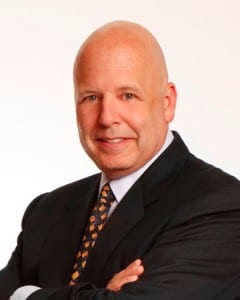
Field service executives understand in theory that top-notch customer service is critical to their companies’ success. But in practice, they are often too product-centric, focusing on the finances of the business at the expense of customer service, argues Shep Hyken, customer service guru and author of The Amazement Revolution and The Loyal Customer. We spoke recently with Hyken about why executives need to connect more with their customers — and how they can go about doing it.
Why is connecting directly with customers so important for executives to do?
Many times corporate executives are hired for their ability to read a balance sheet and make deals. They didn’t come up through the field, so they don’t have that appreciation for customer service. There has to be some connection and understanding. Certain decisions need to be made for financial reasons, but if they don’t take the customer into account as they’re making that decision, they may be making a large mistake long-term.
What — and how — can technicians teach executives about better customer service?
Invite the executives to drive with them for the day. That would open their eyes up to an awful lot. In a book I wrote back in the ‘90s, I mentioned how, once every quarter, Anheuser-Busch executives had to drive to various locations with sales reps and stock shelves. They were actually in the field working for the day, really getting a feel for what’s going on out there and also getting an appreciation for what that field rep has to do. Every CEO, manager or owner needs to stay connected to their customers in that way.
How do executives inhibit the growth of a business?
Many times there’s a disconnect with the leadership and the front line dealing with the customer. For example, we were doing a customer service training project for a company that had three owners. When it came time to do the training, all three of them were missing from the training because they were all too busy doing what they thought was really important for the company. What do you think their message was?
Walt Disney called it “stooping to excellence.” He used the metaphor of a piece of paper on the ground. He said if you walk past that piece of paper on the ground as a leader, he gives permission to every employee to walk by that piece of paper and not pick it up and throw it away. So when he stoops down to pick up the paper, he’s not just keeping the amusement park clean, he’s setting an example for everyone else. The best companies have executives, have leadership, have managers that set examples for their employees — and don’t just tell them what to do.
How can companies instill in executives the importance of customer loyalty?
All you need to do is show the executive what the numbers are, and what happens when you have a loyal customer versus an occasional customer versus a one-time customer. What’s the cost of acquisition for that customer? What’s the cost to retain that customer? It’s usually much less than the acquisition cost. So for that executive that’s really focused on numbers, there’s an easy way to prove the importance of loyalty.


Share this: